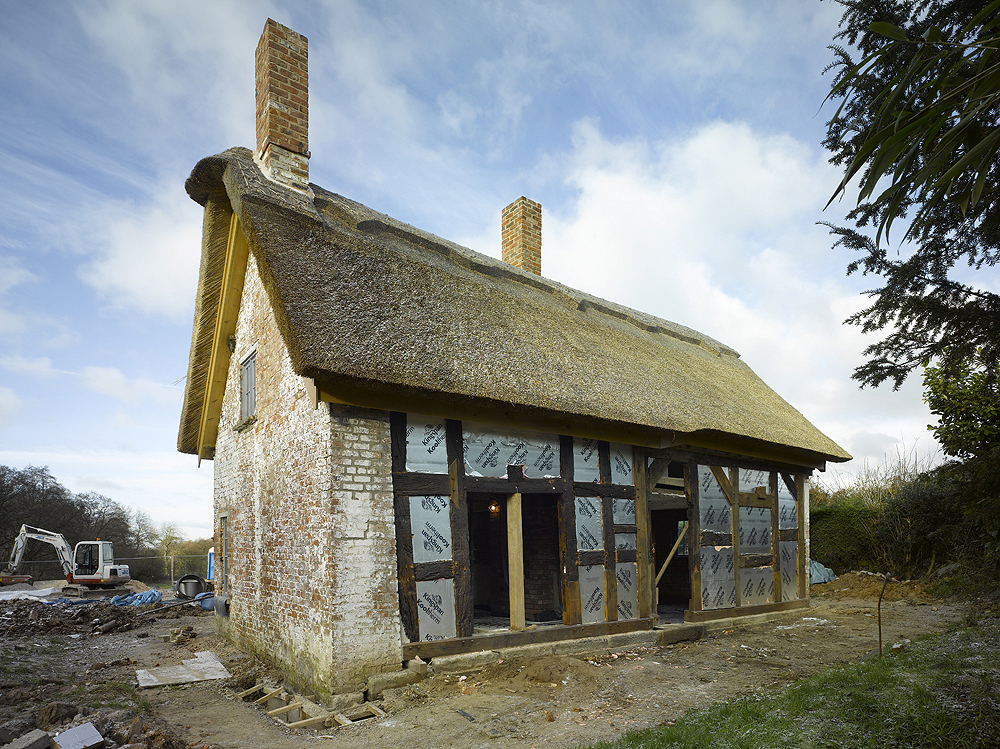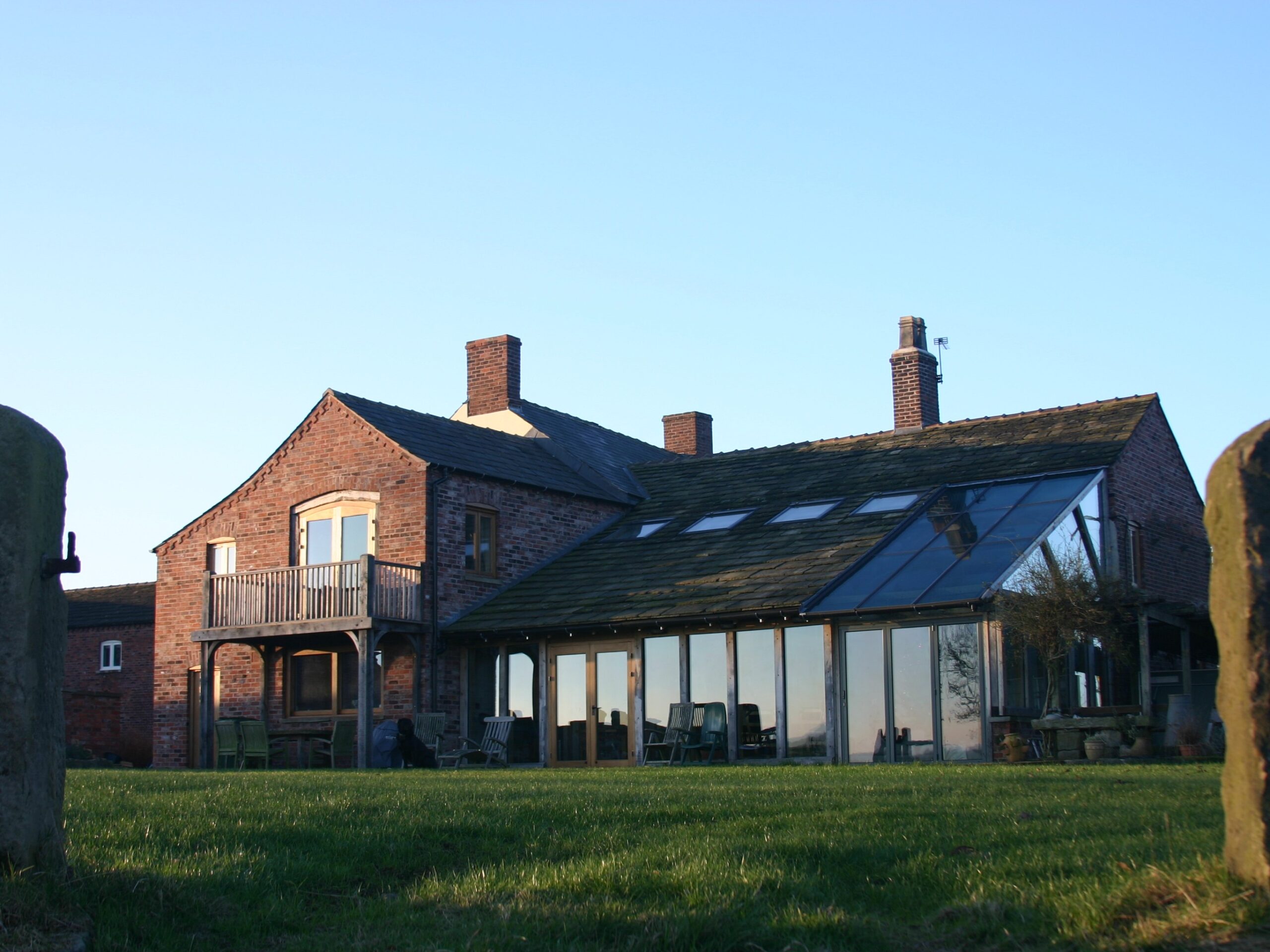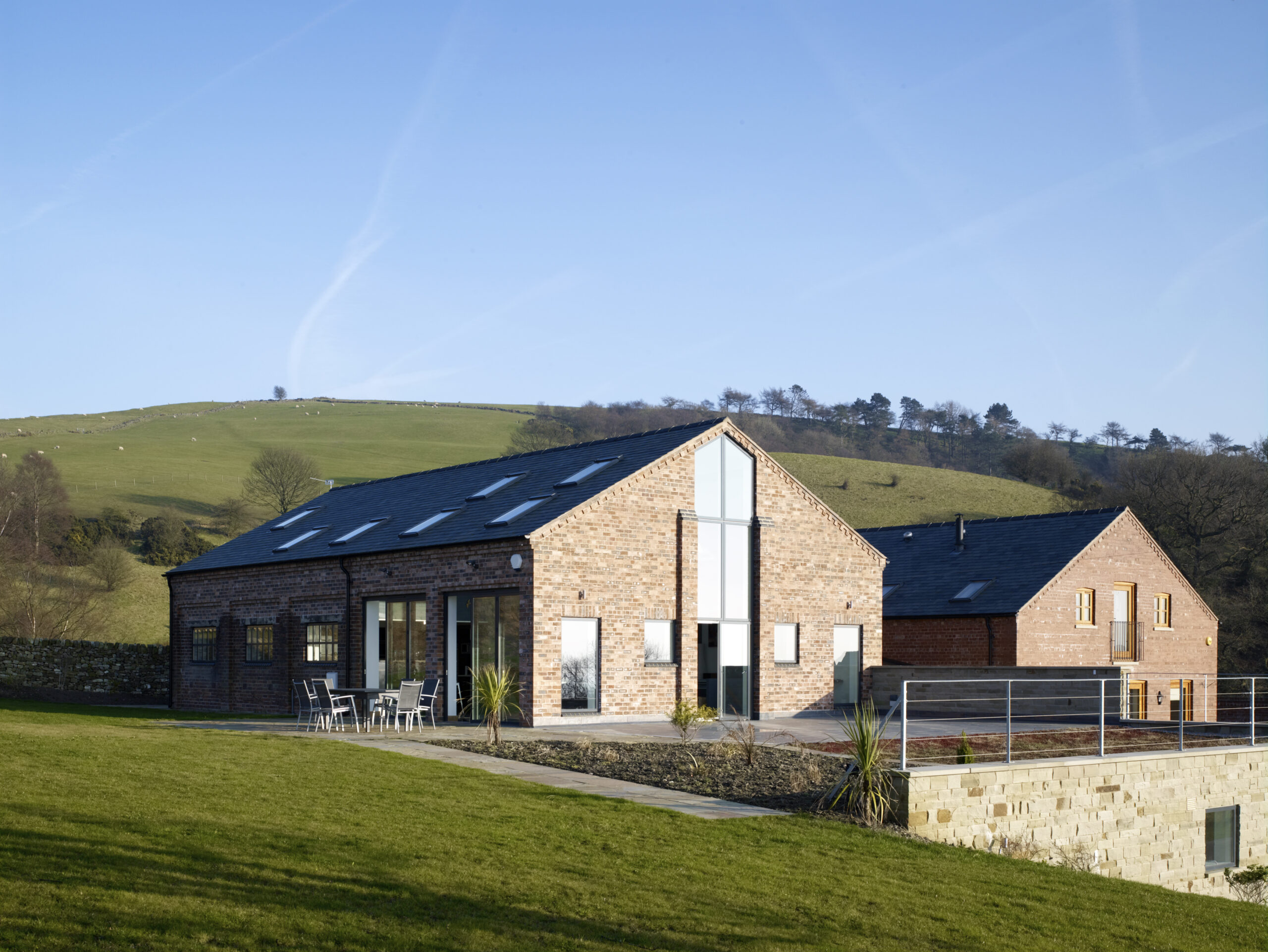Practice
Inspiring Visions; Realising Dreams
Hayes & Partners is a well-established and award-winning architectural practice based in Macclesfield, founded in 1937. We focus on delivering tailored, client-focused solutions, with a Director involved at every stage of each project to ensure a personal and professional approach.
Hayes & Partners pride ourselves on being one of the most popular and successful architectural service providers for private individuals seeking high-specification residential work. This ranges from refurbishments and extensions to conversions and replacement dwellings. We also carry out work on retail, commercial and leisure projects – such as, schools, large-scale housing developments, churches and offices. While we primarily serve Cheshire and the surrounding counties, however, we regularly undertake projects in London and the South East.
Hayes & Partners is a Chartered Practice with the Royal Institute of British Architects (RIBA). Choosing an accredited architect gives our clients peace of mind. We comply with strict criteria covering indemnity insurance, health & safety and quality management reinforcing our excellent professional service. Over the years, we have built a strong reputation for successfully obtaining Planning Permission for challenging sites, and historic or Listed buildings. Many of our projects come through repeat commissions and recommendations, proof of the trust out long established clients place in us.


Ecological Conservation
Given that many of our sites are located in the Open Countryside or Green Belt, we recognise the potential impact of construction on legally protected species, including newts, bats and nesting migrating birds. Hayes & Partners collaborate closely with local ecological specialists to help clients protect and, where necessary, relocate wildlife prior to construction.
Historic Conservation
With decades of experience in building conservation, Hayes & Partners takes a refined and sensitive approach to the development of historic buildings, particularly where our clients’ proposals could be deemed contentious. Our practice a strong reputation for success in gaining Planning Permission and Listed Building Consent; building relationships with local council Conservation Officers, taking advice from Historic England and working with Historic Buildings Advisors.
Our Director and Associate Director are RIBA Conservation Registrants, confirming their awareness of the issues involved in working with historic buildings. Additionally, our Associate Director and Associate are also registered to carry out quinquennial inspections with two local Methodist church circuits.
Sustainability
When designing a new scheme, we aim to achieve efficient sustainable solutions by combining both passive and active systems. Passive design typically involves orienting the most used spaces to maximise solar gains (warmth) and natural light. Thermally massive materials are used to regulate the ambient temperature of a space relying heaving on artificial heating or cooling. Active systems harness renewable energy to heat or power a home, for example, wind turbines, ground source heat pumps and solar panels.
We also encourage clients to incorporate energy-saving appliances, water-efficient fittings, and adaptable spaces. These include entrance-level shower rooms or spaces that can be converted into accessible bedrooms to meet lifetime homes standards.
A prime example of our commitment to sustainability is Rough Hey, a highly insulated residential conversion with a ground source heat pump, achieving an excellent SAP rating of 84. Sun pipes and roof lights were used to maximise natural lighting reducing the artificial light required. A 6kw wind turbine generates an average of 700 units per month, making the house carbon neutral while exporting surplus electricity to the grid.
“The design is timeless and still feels as fresh and contemporary as it did the day we moved in twelve years ago. As a bonus the house has proved to be almost carbon neutral”

